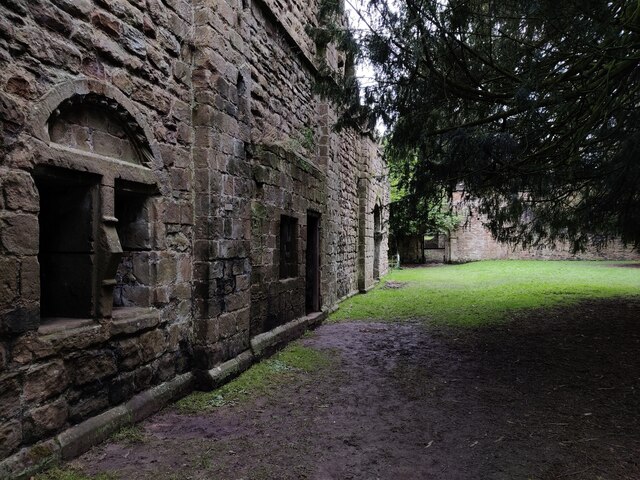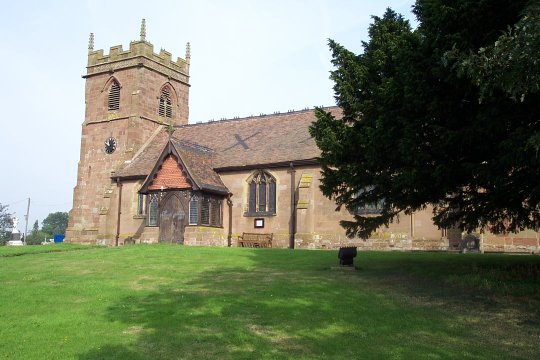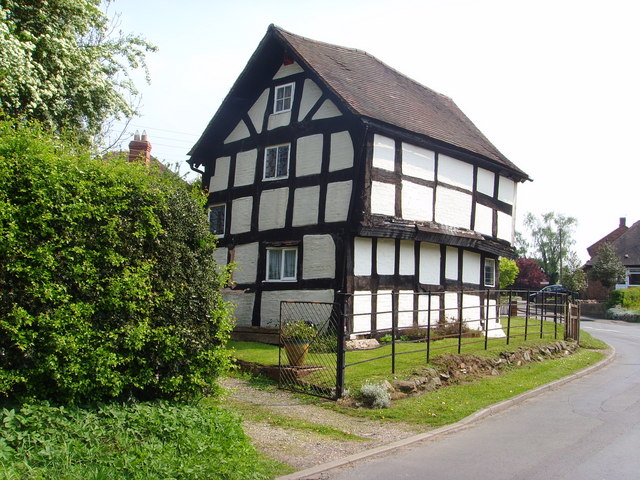The Oaks
Wood, Forest in Shropshire
England
The Oaks

The Oaks is a picturesque woodland located in Shropshire, England. Spread over a vast area, it is known for its dense and enchanting forest. The woodland is home to a variety of trees, including oak, birch, beech, and pine, creating a diverse and vibrant ecosystem.
The Oaks offers a tranquil and serene environment, attracting nature lovers, hikers, and birdwatchers alike. The well-maintained trails wind through the forest, allowing visitors to explore the beauty of the surroundings at their own pace. The paths are dotted with benches, providing ample opportunities to pause and appreciate the stunning views.
Wildlife thrives within The Oaks, with various species calling it their home. Squirrels scamper through the treetops, while rabbits and hedgehogs can be spotted scurrying along the forest floor. Bird enthusiasts will be delighted by the numerous species of birds that inhabit the woodland, including woodpeckers, thrushes, and owls.
The Oaks is not only a haven for nature enthusiasts but also a place of historical significance. The forest has a rich history dating back centuries, and remnants of ancient settlements can still be found scattered throughout the area. Archaeological discoveries have revealed artifacts and structures that provide insights into the lives and activities of the people who once lived here.
Whether one seeks solitude, adventure, or a deeper understanding of history, The Oaks in Shropshire offers a captivating experience for all who venture into its enchanting woodlands.
If you have any feedback on the listing, please let us know in the comments section below.
The Oaks Images
Images are sourced within 2km of 52.726471/-2.4049736 or Grid Reference SJ7214. Thanks to Geograph Open Source API. All images are credited.










The Oaks is located at Grid Ref: SJ7214 (Lat: 52.726471, Lng: -2.4049736)
Unitary Authority: Telford and Wrekin
Police Authority: West Mercia
What 3 Words
///trout.manuals.perfumes. Near Oakengates, Shropshire
Nearby Locations
Related Wikis
Lilleshall Abbey
Lilleshall Abbey was an Augustinian abbey in Shropshire, England, today located 6 miles (9.7 km) north of Telford. It was founded between 1145 and 1148...
Lilleshall Monument
The Lilleshall Monument, also known as the Sutherland Monument, is a 21-metre (70-foot) stone obelisk erected in 1833 on Lilleshall Hill overlooking the...
Lilleshall
Lilleshall is a village and civil parish in the county of Shropshire, England. It lies between the towns of Telford and Newport, on the A518, in the Telford...
Muxton
Muxton is a village between Lilleshall and Donnington in Shropshire, England. It now forms part of the new town of Telford, situated on the town's very...
Nearby Amenities
Located within 500m of 52.726471,-2.4049736Have you been to The Oaks?
Leave your review of The Oaks below (or comments, questions and feedback).










